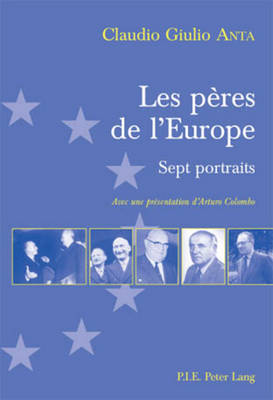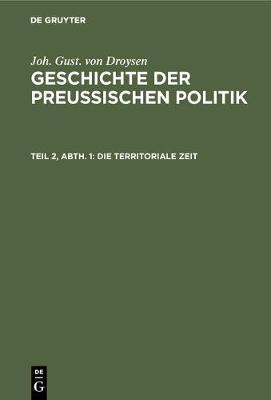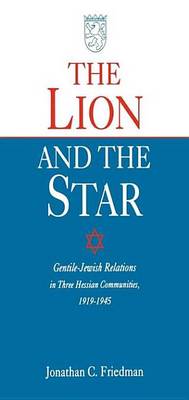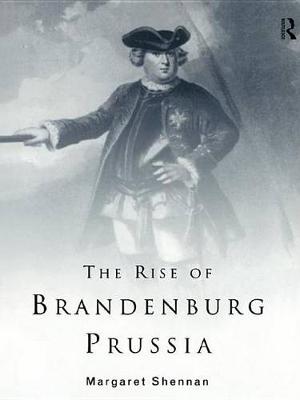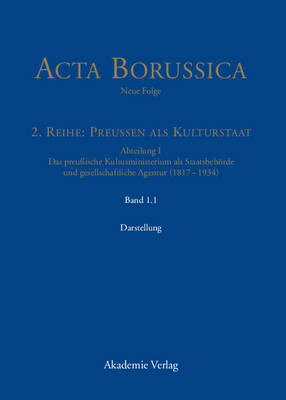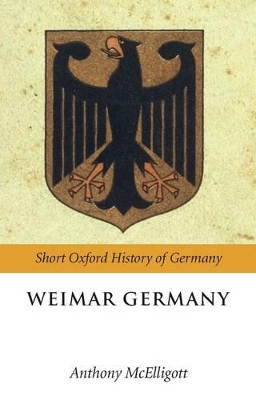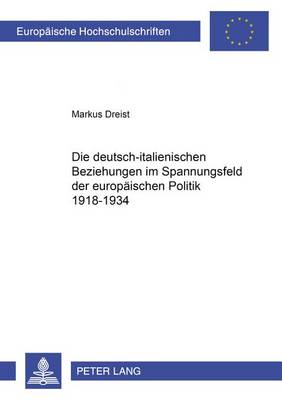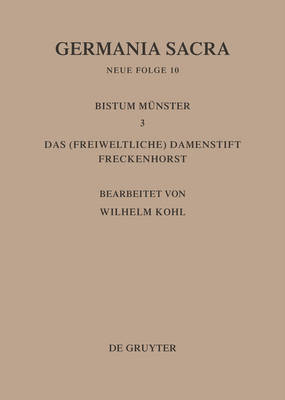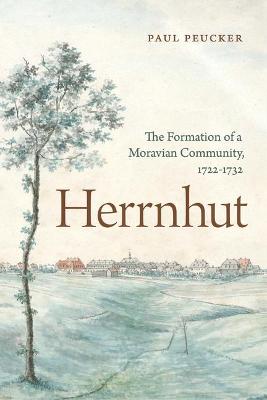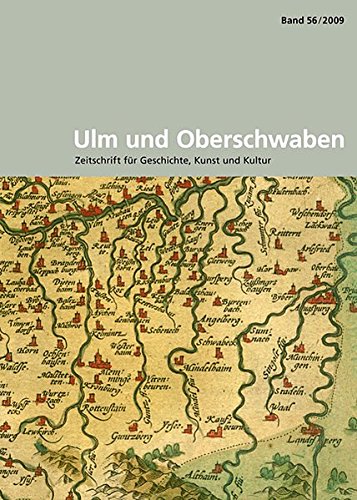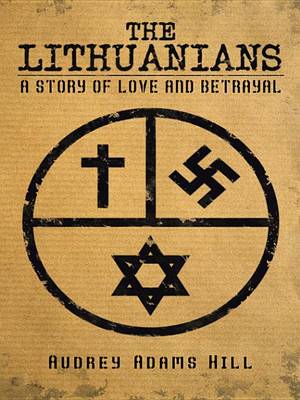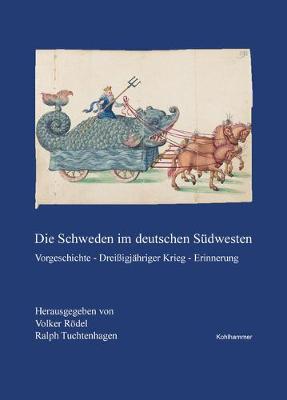On June 22, 1941, Hitler invaded the Soviet Union in Operation Barbarossa, one of the turning points of World War II. Within six months, the invasion bogged down at the gates of Moscow, and the Eastern Front proved to be the decisive theater in the defeat of the Third Reich. Ever since, most historians have agreed that this was one of Hitler's great mistakes. In Hitler's Great Gamble, James Ellman argues that Barbarossa was a gamble, but that it was not doomed from the start: that it was a reaso...
Iurisprudentia Heroica, Seu Iuris Quo Illustres Utuntur Privati, Vol. 2
by Burkhard Gotthelf Struve
In this pamphlet Margaret Shennan surveys the rise of Prussia from the early seventeenth century to 1740, highlighting and evaluating the role of its rulers, in particular of Frederick William I, the Great Elector, and his two successors. The author takes account of: * international relations * social and economic structures * domestic pressures * ethical and cultural influences * idiosyncratic personalities * terrain and boundaries.
Abteilung I (ACTA Borussica, Neue Folge, 2. Reihe: Preussen ALS Kultursta)
The Weimar Republic was born out of Germany's defeat in the First World War and ended with the coming to power of Hitler and his Nazi Party in 1933. In many ways, it is a wonder that Weimar lasted as long as it did. Besieged from the outset by hostile forces, the young republic was threatened by revolution from the left and coups d'etats from the right. Plagued early on by a wave of high-profile political assassinations and a period of devastating hyper-inflation, its later years were dominated...
Die Deutsch-Italienischen Beziehungen Im Spannungsfeld Der Europaeischen Politik 1918-1934 (Europaische Hochschulschriften / European University Studies / Publications Universitaires Europeenn, #869) (Europaeische Hochschulschriften / European University Studie, #869)
by Markus Dreist
In der Forschung wurde immer wieder uber die These einer Kontinuitat deutscher aggressiver Aussenpolitik auch in der Weimarer Republik gestritten. Die Arbeit geht dieser Frage nach und unterstreicht vor allem die Politik des Konsenses mit den westlichen Staaten unter der AEgide Stresemanns. Besonders im Verhaltnis zum faschistischen Italien, so die These, tritt die Grundtendenz deutscher Aussenpolitik in der Zwischenkriegszeit zutage. Welche Rolle man dem faschistischen Italien zukommen liess, w...
Die Bistumer Der Kirchenprovinz Koeln. Das Bistum Munster III. Das (Freiweltliche) Damenstift Freckenhorst
El Camino del Guerrero (Historia Silenciada)
by Miguel Angel Villar Pinto
In June 1722, three families from Moravia settled on the estate of Count Nikolaus Ludwig von Zinzendorf in Berthelsdorf, Saxony. Known as the community of Herrnhut, their settlement quickly grew to become the epicenter of a transatlantic religious movement, one that would attract thousands of Europeans, American Indians, and enslaved Africans: the Moravian Church. Written by one of the leading archivists of the Moravian Church, this book investigates the origins of Herrnhut. Paul Peucker argues...
Zum antifaschistischen Leitbild der DDR gehoerte die Erinnerung an die nationalsozialistische Herrschaft. Eine zentrale Rolle spielten hierbei die Nationalen Mahn- und Gedenkstatten Buchenwald, Ravensbruck und Sachsenhausen. Doch in welchem Umfang nutzte die DDR die Erinnerung fur ihre Politik? Wie wurde diese "Erinnerungspolitik" der politischen und gesellschaftlichen Entwicklung angepasst? Welchen Einfluss hatten dabei der Kalte Krieg und das Verhaltnis zur Bundesrepublik? Anhand der Berichter...
Die Schweden Im Deutschen Sudwesten (Veroffentlichungen Der Kommission Fur Geschichtliche Landesk, #225)
A fearless young Swede whose efforts saved countless Hungarian Jews from certain death at the hands of Adolf Eichmann, Raoul Wallenberg was one of the true heroes to emerge during the Nazi occupation of Europe.


